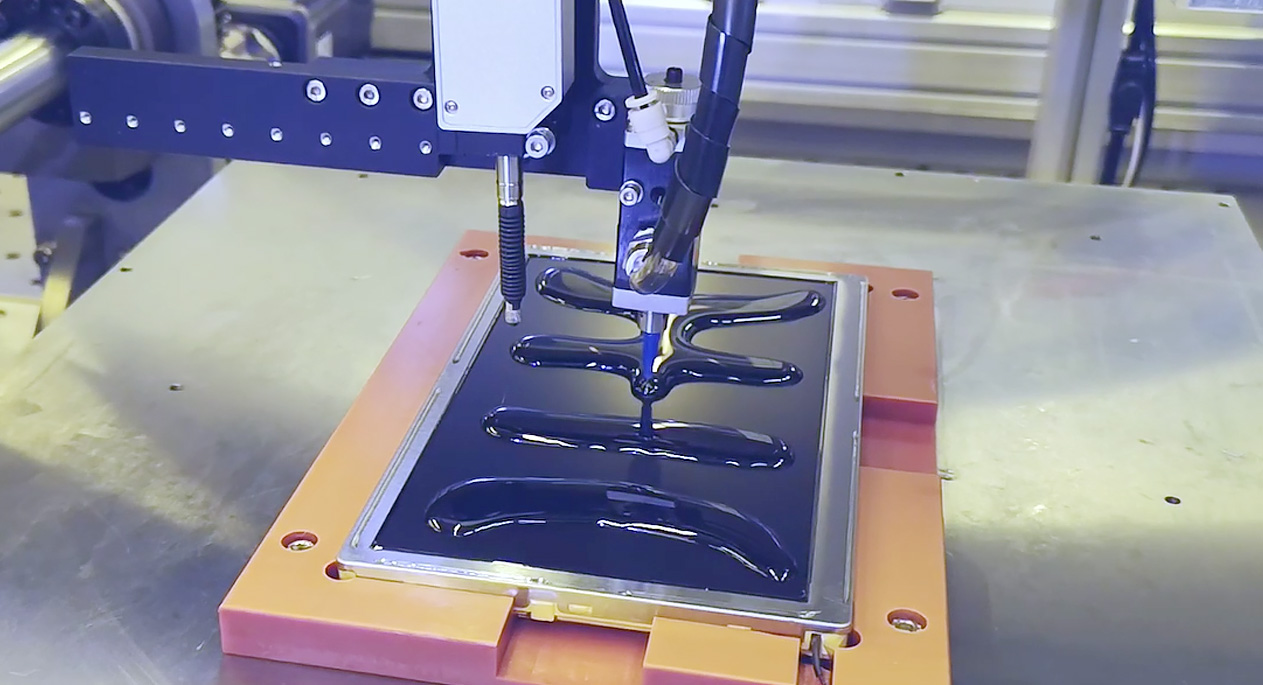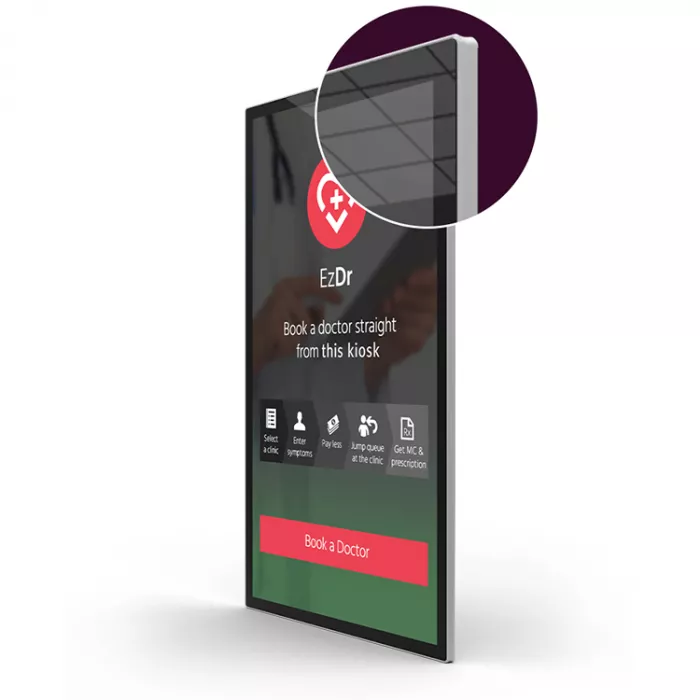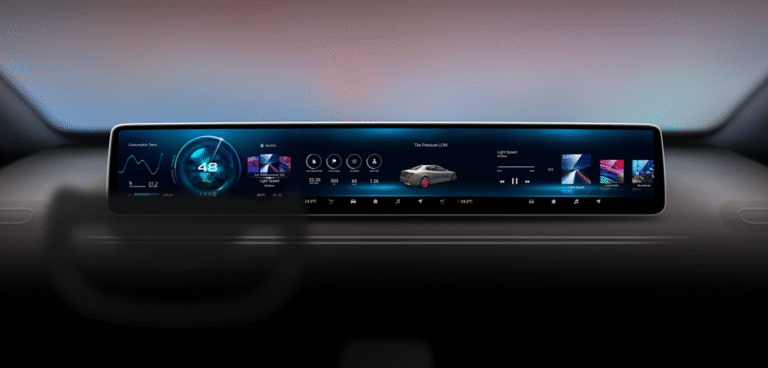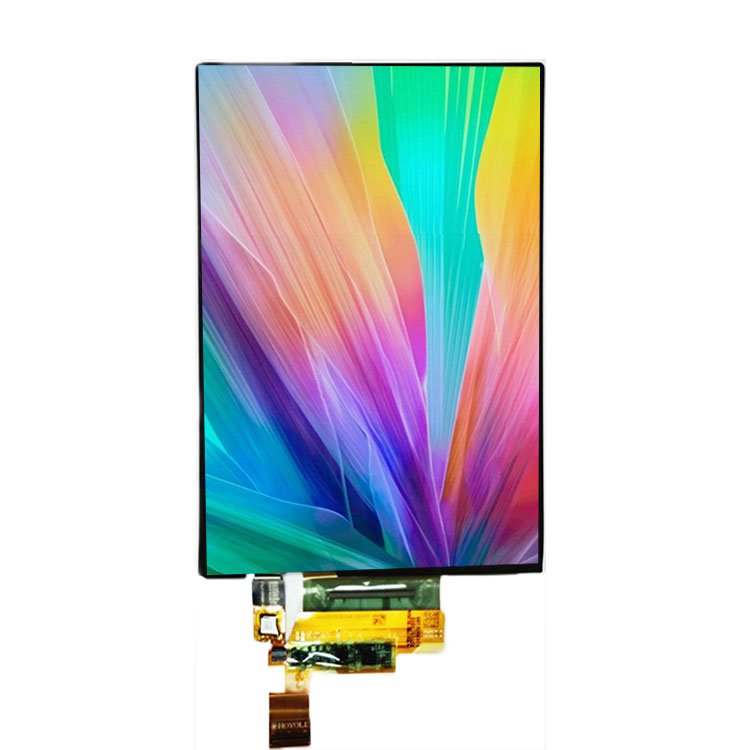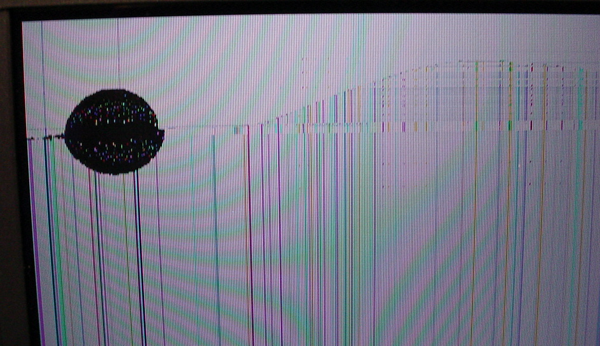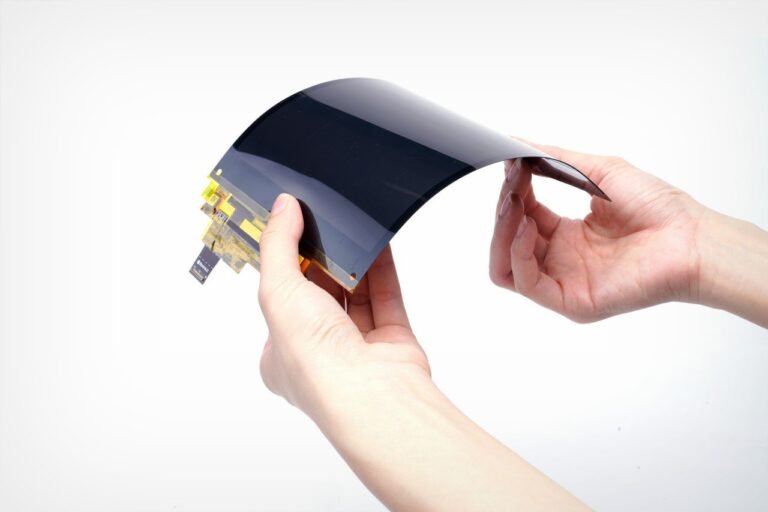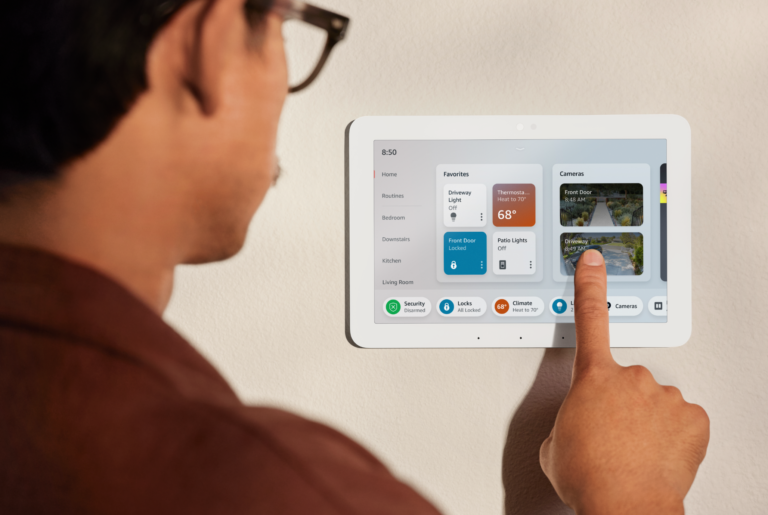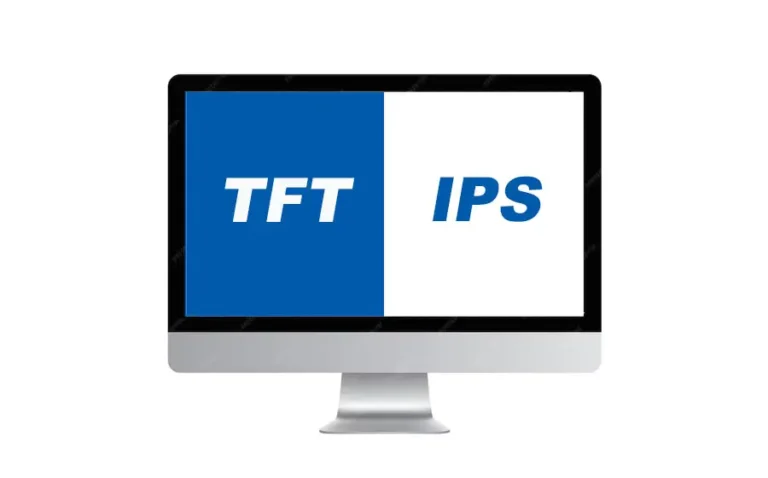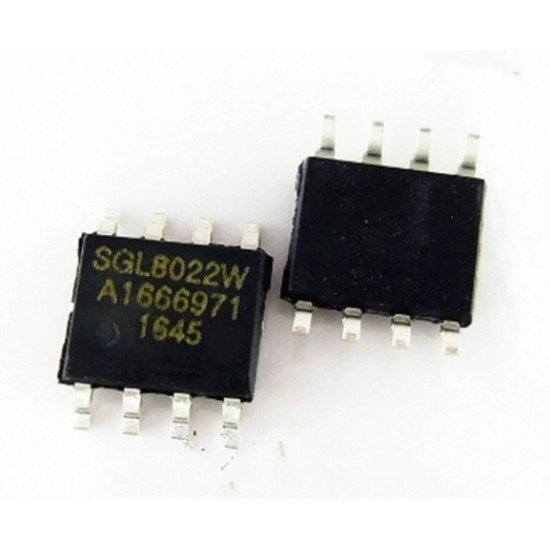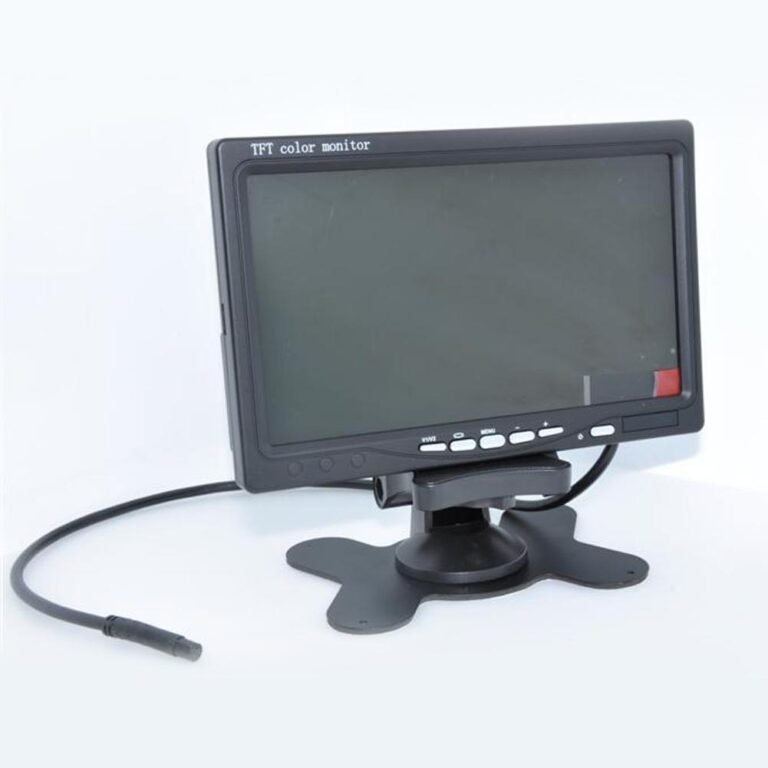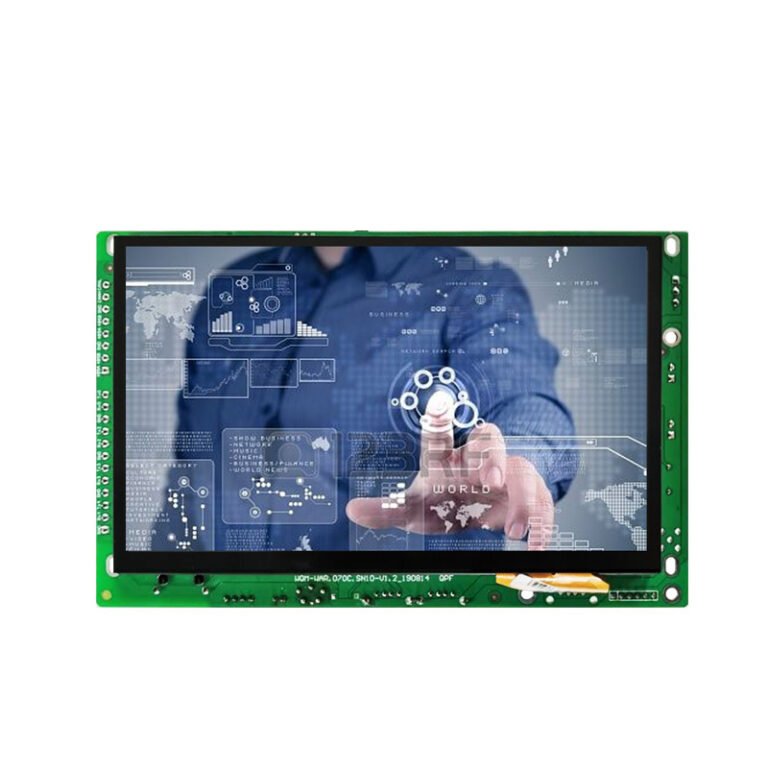Why Lamination Matters: Real-World Value You’ll Notice
When you bond the cover glass, touch panel, and LCD into a solid, gap-free stack, something magical happens. You stop losing contrast to internal reflections. Your display becomes more dust- and moisture-resistant. The screen survives knocks that would crack unbonded glass. And your touch responsiveness improves—especially in rugged or outdoor settings.
Optical bonding, one of the most common lamination approaches, has been shown to reduce internal reflections by up to 65%, improving contrast and readability in bright conditions—all without boosting backlight power. It even prevents condensation between layers (goodbye fog!) by sealing out moisture completely.
Understanding the Layers: From LCD to Finished Glass Stack
A laminated TFT LCD stack typically includes:
- Cover glass or lens
- Optional touch sensor layer (e.g. PCAP)
- Optically clear adhesive (OCA or LOCA)
- TFT液晶パネル
Every micron of alignment matters. Misaligned adhesives or uneven pressure can introduce visible optical distortions or touch inaccuracies.
Types of Lamination: OCA, LOCA, or Leaving an Air Gap
Dry Lamination – OCA Film
Pre-cut adhesive film is placed between the glass and display, then bonded under heat and pressure. It’s quick, repeatable, and well-suited for high-volume production—though it struggles to compensate for slight irregularities in surfaces
Wet Lamination – LOCA / OCR Resin
Liquid adhesive is dispensed precisely, flows to fill gaps, and then cures (often via UV). This allows air-bubble-free bonding with complex glass shapes and touch components. LOCA offers better gap tolerance and reworkability, though it requires clean, controlled operation. Early sources on mobile repair forums warn about messy LOCA handling and emphasize that it’s increasingly deprecated in favor of OCA due to long-term consistency issues.
Air Gap (No Lamination)
Simple spacer-based approach—fast, cheap, and easy to rework. But it allows internal reflection, reduces touch clarity and durability, and is not appropriate for harsh environments.
Lamination Process Unpacked: A Step-by-Step Flow
- Cleaning & Pre-Alignment: Glass and panel are bathed in cleaning solution, then aligned by robotic or visual systems in cleanroom settings.
- Adhesive Application: OCA film is placed and bonded; LOCA is dispensed via syringe or dosing equipment.
- Bonding & Compression: Layers are compressed evenly under vacuum or heat to eliminate air and secure adhesion.
- Curing: Films use heat or pressure; LOCA typically cures under UV light.
- Quality Check: Inspect for bubbles, misalignment, adhesion strength, stray moisture or touch anomalies.
These steps require tight control: even one speck of dust can ruin optical clarity. Hence Class‑1000 (ISO 6) or better environments are common in manufacturing.
Benefits That Engineers Actually Appreciate
Enhanced Optical Performance
With no air gap, ambient light doesn’t bounce around between layers. Result: brighter images, stronger contrast, and readability even under direct sunlight—without increasing backlight intensity.
Better Touch Accuracy
Removing parallax (the visual shift when touching through a gap) enables more accurate, immediate touch response. Perfect for medical or industrial touch UIs.
Increased Mechanical Strength
The bonded adhesive layer absorbs shock and prevents dust or moisture ingress. It’s a structural reinforcement, not just cosmetic protection.
Reduce Fogging Risk
Condensation between air layers is eliminated. That solves a common long-term reliability issue in humid, temperature-variable environments.
Technical Considerations & Trade-offs
Which Adhesive to Use?
- OCA film: Fast, low-waste, consistent—but struggles with uneven surfaces.
- LOCA/OCR resin: Flexible and gap-filling—but UV curing and handling must be precise to avoid defects.
Quality LOCA avoids yellowing (commonly seen in epoxy or polyurethane adhesives), lasting longer in high UV or temperature conditions.
Bubble Management
Liquid adhesives like LOCA present a risk of bubble formation if curing is uneven or contaminants enter. Even one bubble can create visible artifacts or weak touch sensitivity.
Alignment Precision
Even a 10 µm offset or tilt can cause visual distortion or skewed touch. High-precision alignment rigs and vacuum bonding tools are critical in production.
Rework & Repair
Removing bonded layers (especially LOCA) is difficult. OCA removals are slightly easier but still risky. Most surfaces are considered permanent after bonding.
Trends & New Frontiers
- Flexible and curved displays increasingly use LOCA-style resin that can tolerate bending while maintaining clarity.
- Nano-textured and anti-reflective coatings now combine with lamination for glare reduction without sacrificing color fidelity.
- UV-resistant, flexible silicone adhesives extend display lifetimes and reduce shrink-related issues common in acrylic-based bonding systems.
Common Problems & Pitfalls
- Delamination often stems from surface contamination or misalignment during bonding.
- Yellowing may appear with low-grade adhesive over time, especially in UV-rich environments.
- Touch drift or ghosting 気泡や接着剤の不均一な配置によりセンサーの応答性が損なわれた場合に発生することがあります。
- 修理: 接着済みモジュールは、損傷なしに分解できないことが多いため、最初から正確な施工が求められます。
実使用事例:ラミネーションの応用
- 自動車用ディスプレイ 耐振動性と太陽光下での視認性向上のためLOCA接着を採用。
- 産業用HMI 過酷な工場環境における埃・湿気・結露への耐性を高める密封接着に依存。
- 医療用モニター 高精細表示、安定したタッチ応答、衛生面を考慮した密封を実現する高品質接着を採用。
- デジタルサイネージ&キオスク 接着処理による眩光低減と耐破損性の恩恵を受ける。
よくあるご質問
OCAとLOCAラミネーションの違いは?
OCAは固体フィルム状接着剤で、高速・清潔・均一な施工が可能。LOCAは液状樹脂で、不均一な表面への充填性に優れ、斜面許容度が高いが、硬化管理に注意を要する。
ラミネーションは常に必要ですか?
必ずしも不要。タッチ機能や太陽光暴露のない屋内用低コストスクリーンでは、エアギャップ方式で十分な場合があります。ただし、過酷な環境やインタラクティブ用途では、接着による性能向上が顕著です。
ラミネーション処理した画面は屋外で耐久しますか?
確実に耐久します。反射防止コートと適切な接着剤の選択により、非接着ディスプレイより太陽光下や極端な温度環境で遥かに優れた性能を発揮します。
ラミネーションはタッチ精度を向上させますか?
はい。接着によりパララックス(視差)が解消され、タッチセンサーが使用者に近づくため、応答性が向上します。
ラミネーションはディスプレイを高価にしますか?
製造コストは確かに増加しますが、使い勝手、信頼性、視覚品質の向上により、追加費用は通常相殺されます。


